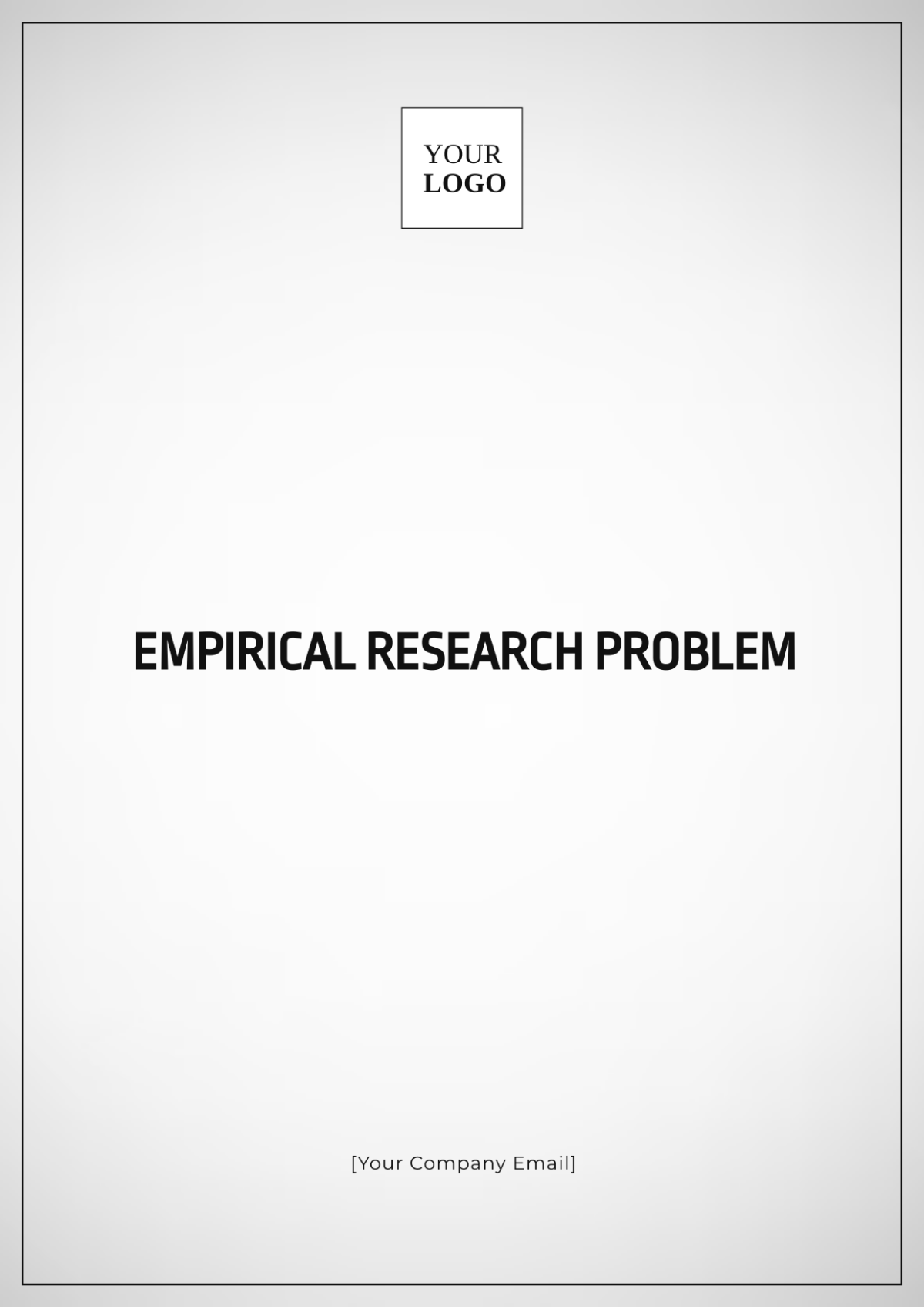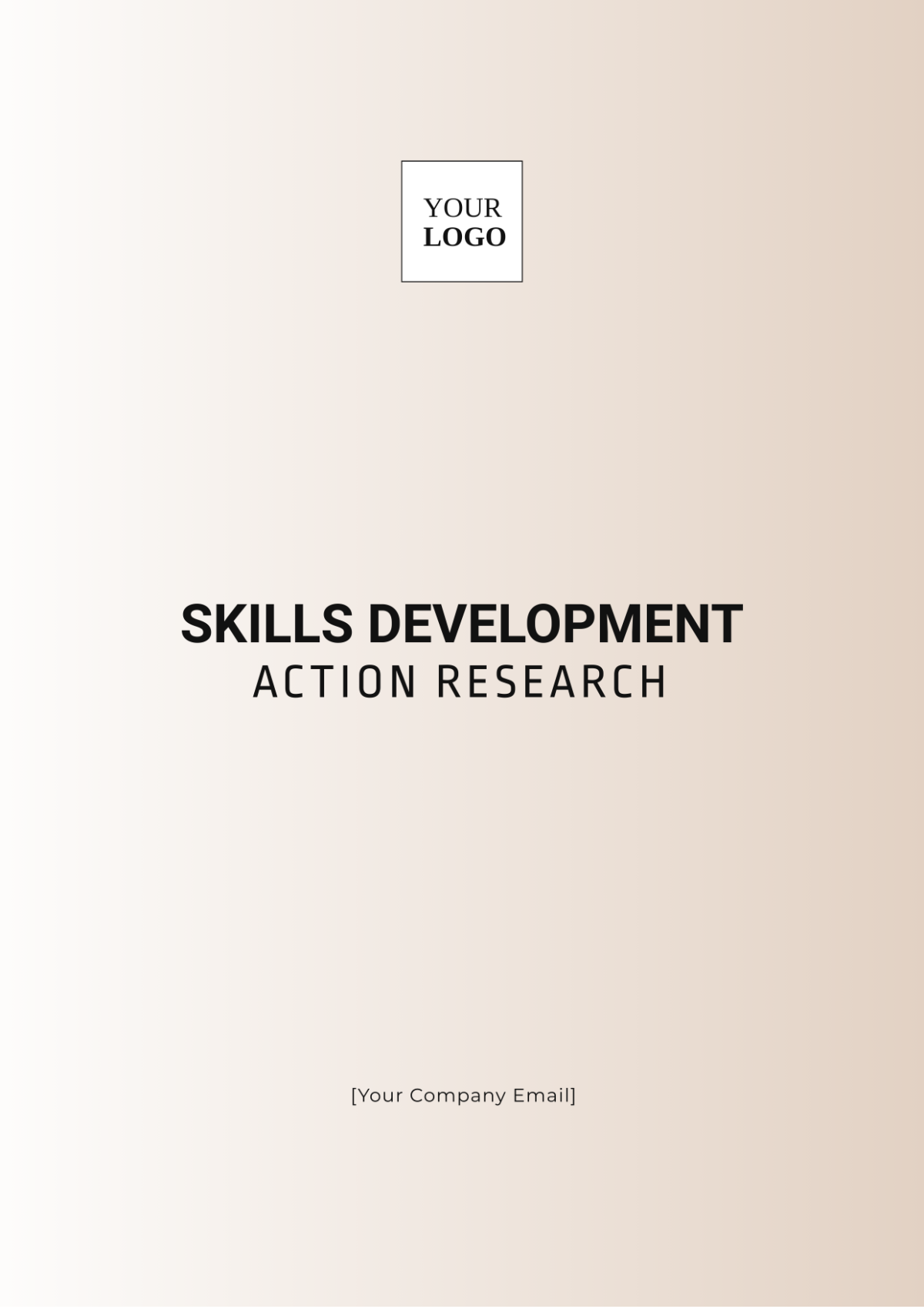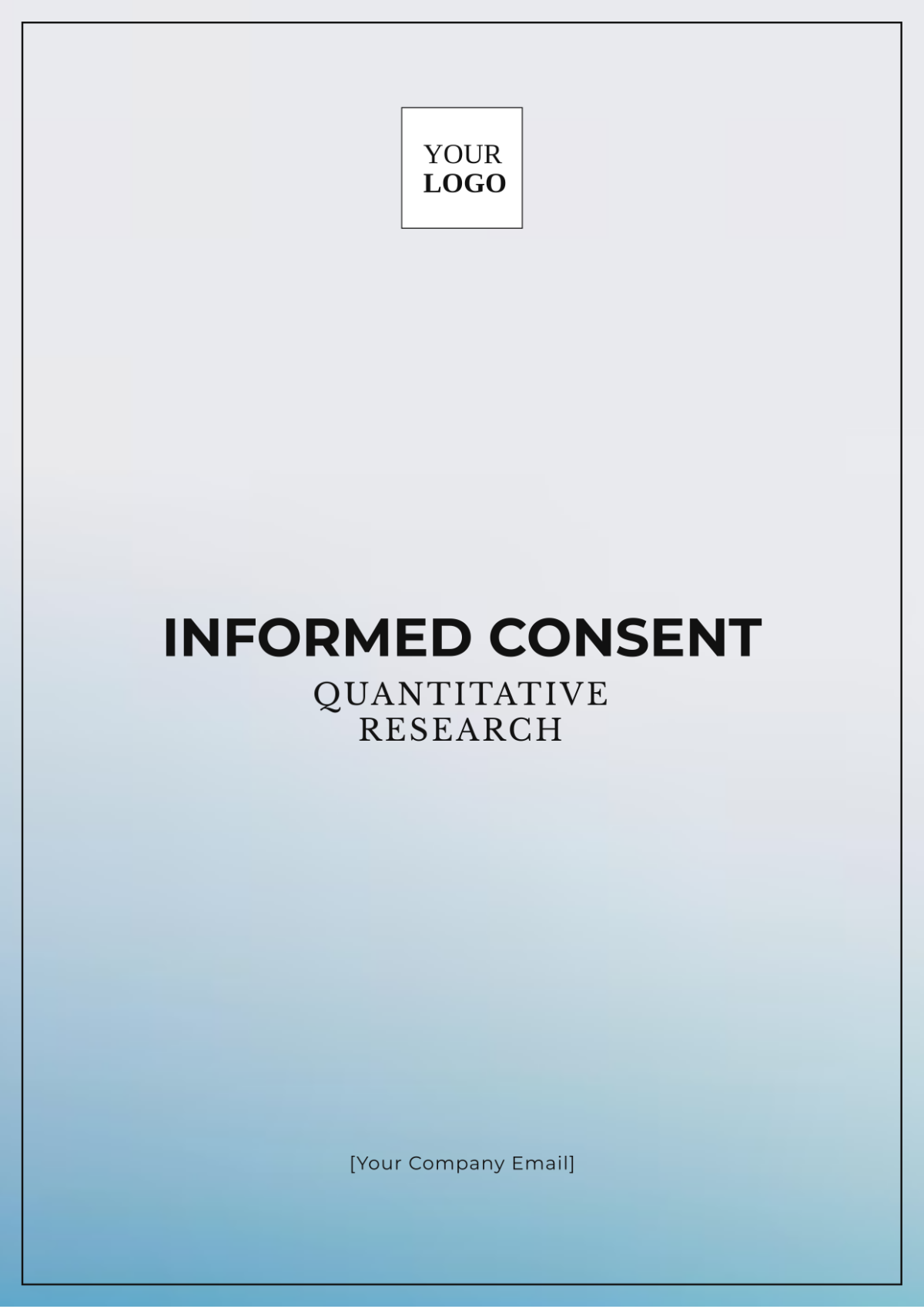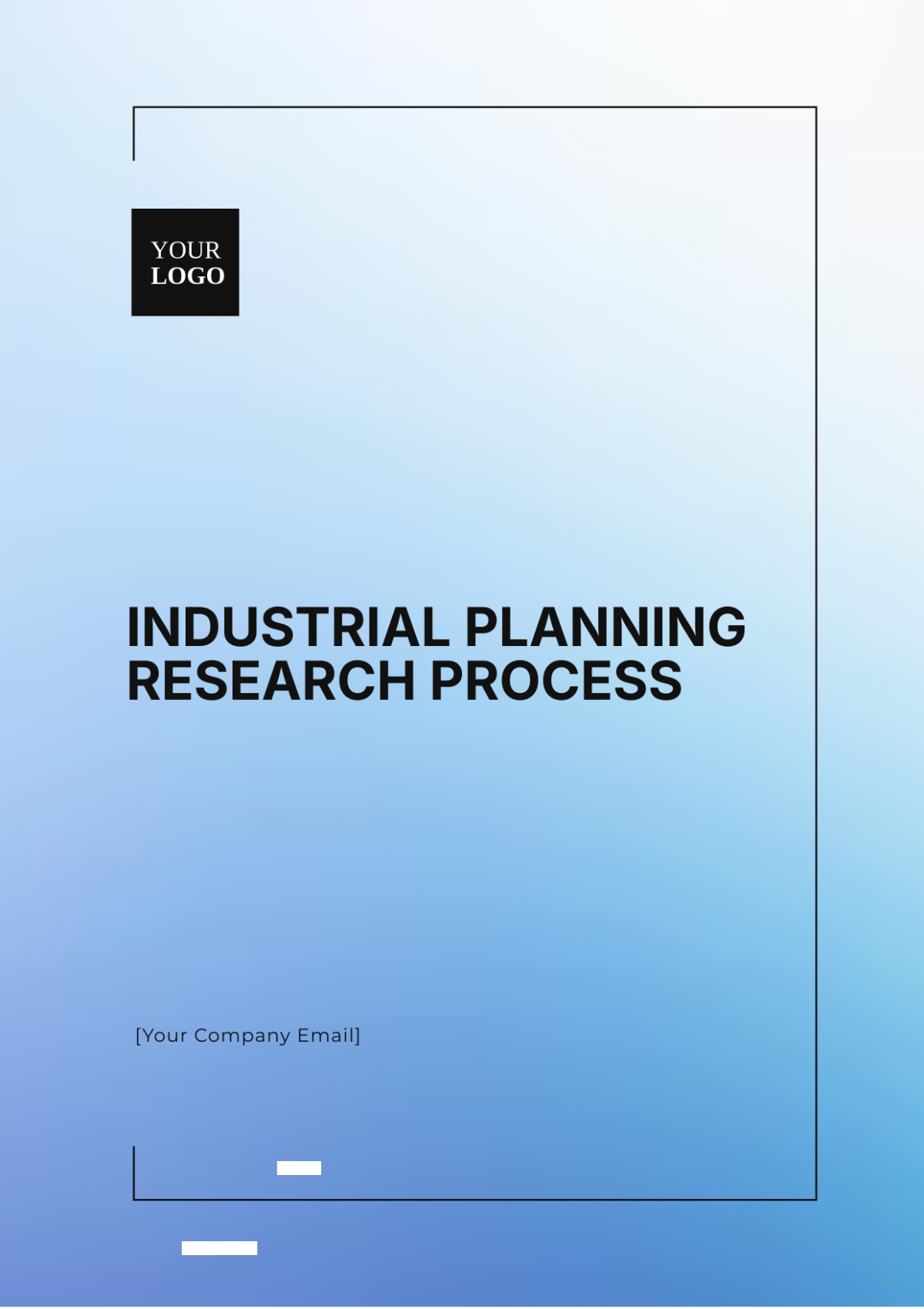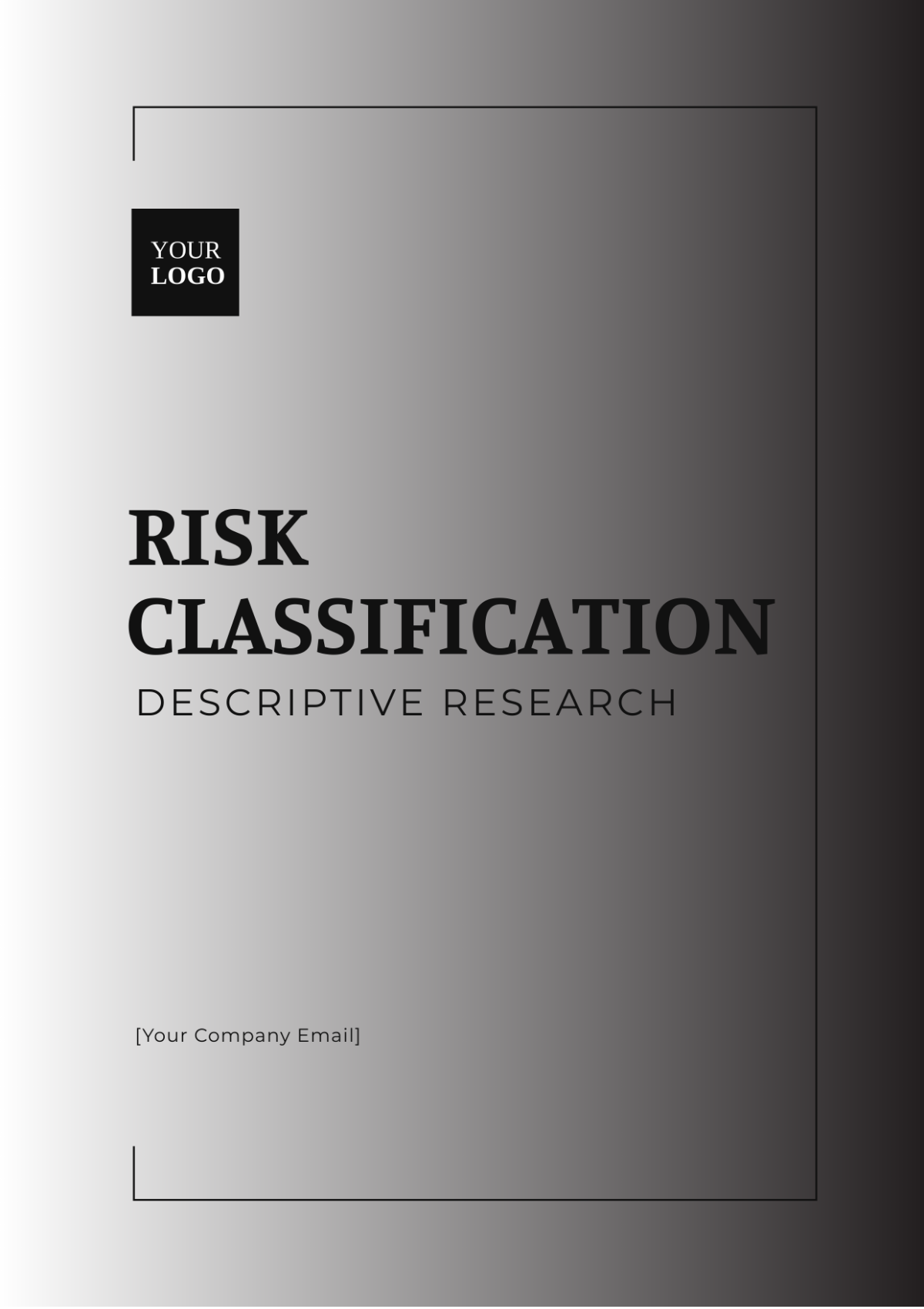Skills Development Action Research
Prepared By: [Your Name]
Company Name: [Your Company Name]
1. Introduction
Skills Development Action Research is a systematic approach designed to enhance competencies within an organization, individual, or community. It provides a structured framework for identifying existing skill gaps, developing targeted strategies, and evaluating the effectiveness of skill enhancement efforts. This document serves as a guide to ensure that skill development initiatives are both strategic and impactful, aligned with specific goals, and continuously refined based on empirical evidence.
2. Purpose
The primary purpose of this research is to create a robust framework for skill development that:
Identifies Skill Needs: Pinpoints areas where skills are lacking or could be improved.
Analyzes Current Abilities: Assesses the current skill levels relative to desired competencies.
Develops Targeted Strategies: Formulates and implements plans to address identified skill gaps.
Evaluate Impact: Measures the effectiveness of development strategies and their impact on performance.
Refines Approaches: Continuously improves the development process based on evaluation outcomes and feedback.
3. Skills Assessment
3.1 Identifying Skills Needs
To effectively identify skills needs, employ a variety of methods:
Surveys and Questionnaires: Design comprehensive surveys to gather input from employees, community members, or individuals about their perceived skill gaps and development needs. Include both quantitative and qualitative questions to obtain a well-rounded view.
Performance Reviews: Analyze performance review data to identify trends and recurring issues that indicate skill deficiencies. Use performance metrics, feedback from supervisors, and self-assessments.
Skills Inventories: Create a detailed inventory of existing skills within the organization or community. This could involve listing current competencies and comparing them to desired skills.
Stakeholder Feedback: Conduct interviews or focus groups with key stakeholders, such as managers, team leaders, or community leaders, to gain insights into skill gaps and development priorities.
3.2 Analyzing Skill Gaps
Perform a thorough analysis to understand skill gaps:
Gap Analysis: Map out the difference between current skill levels and the required competencies. Use data from skills inventories and performance assessments to identify specific areas of deficiency.
Impact Assessment: Evaluate how skill gaps affect overall performance, productivity, and goal achievement. Consider the implications for both short-term outcomes and long-term strategic objectives.
Prioritization: Rank identified skill gaps based on their impact and urgency. Focus on areas that will provide the greatest benefit and address critical deficiencies first.
4. Development Plan
4.1 Setting Objectives
Develop clear objectives for skill enhancement, ensuring they are:
Specific: Clearly define what skills are to be developed.
Measurable: Determine how progress will be measured.
Achievable: Set realistic goals based on available resources and constraints.
Relevant: Align objectives with overall organizational or personal goals.
Time-bound: Establish deadlines for achieving the objectives.
4.2 Designing Training Programs
Create training programs tailored to address identified needs:
Workshops and Seminars: Organize interactive sessions focused on key skills.
Online Courses: Utilize digital platforms for flexible and scalable training.
On-the-Job Training: Implement hands-on learning opportunities within the work environment.
Mentorship and Coaching: Pair individuals with experienced mentors for personalized guidance and support.
4.3 Allocating Resources
Ensure adequate resources are available for successful implementation:
Budget: Allocate financial resources for training materials, facilitators, and other expenses.
Training Materials: Develop or source relevant educational materials, including manuals, videos, and exercises.
Trainers or Facilitators: Engage qualified professionals to deliver training.
Technology and Tools: Provide necessary technology and tools to support training and development.
5. Implementation Strategy
5.1 Rolling Out the Plan
Execute the development plan by:
Scheduling Training Sessions: Create a detailed schedule for training activities. Communicate the schedule to all participants and ensure that sessions are well-organized.
Communicating with Participants: Provide clear information about training objectives, expectations, and logistics. Use various communication channels, such as emails, meetings, and newsletters.
Providing Resources and Support: Ensure participants have access to all necessary resources and support throughout the training process. Address any logistical or technical issues promptly.
5.2 Monitoring Progress
Track and assess progress during implementation:
Regular Check-Ins: Conduct periodic reviews to monitor the progress of skill development efforts. Use check-ins to address any challenges and provide additional support if needed.
Participant Feedback: Collect feedback from participants to evaluate their experience and satisfaction. Use surveys, interviews, or focus groups to gather insights.
Performance Metrics: Measure improvements in performance related to the skills being developed. Track key performance indicators (KPIs) and compare them to baseline data.
6. Evaluation Methods
6.1 Measuring Effectiveness
Evaluate the impact of skill development efforts through:
Pre- and Post-Training Assessments: Administer assessments before and after training to measure changes in skill levels. Analyze the results to determine the effectiveness of the training.
Performance Improvements: Assess changes in performance metrics related to the targeted skills. Look for improvements in productivity, quality, or other relevant outcomes.
Participant Feedback: Gather feedback on the effectiveness of the training programs. Use this feedback to gauge the overall success and identify areas for improvement.
6.2 Refining Strategies
Make necessary adjustments based on evaluation results:
Enhance Training Programs: Modify content or delivery methods based on feedback and effectiveness. Update training materials and techniques as needed.
Address Remaining Gaps: Identify and address any ongoing skill deficiencies. Develop additional training or support as required.
Optimize Resource Allocation: Adjust the allocation of resources to better support effective skill development. Reassess the budget, materials, and technology as needed.
7. Recommendations
To ensure continued success and improvement, consider the following:
Ongoing Skill Assessments: Conduct regular skill assessments to stay updated on development needs. Use assessments to inform future training and development efforts.
Continuous Program Updates: Revise training programs periodically to reflect changing needs and advancements in the field. Stay current with best practices and emerging trends.
Feedback Mechanisms: Implement continuous feedback mechanisms to capture insights and make real-time adjustments. Encourage ongoing dialogue between stakeholders and participants.
8. Conclusion
This Skills Development Action Research document provides a comprehensive framework for systematically enhancing skills. By following the outlined process, organizations, individuals, or communities can effectively address skill gaps, implement targeted development strategies, and achieve continuous improvement. This structured approach ensures that skill development efforts are aligned with specific needs and are optimized for success.







